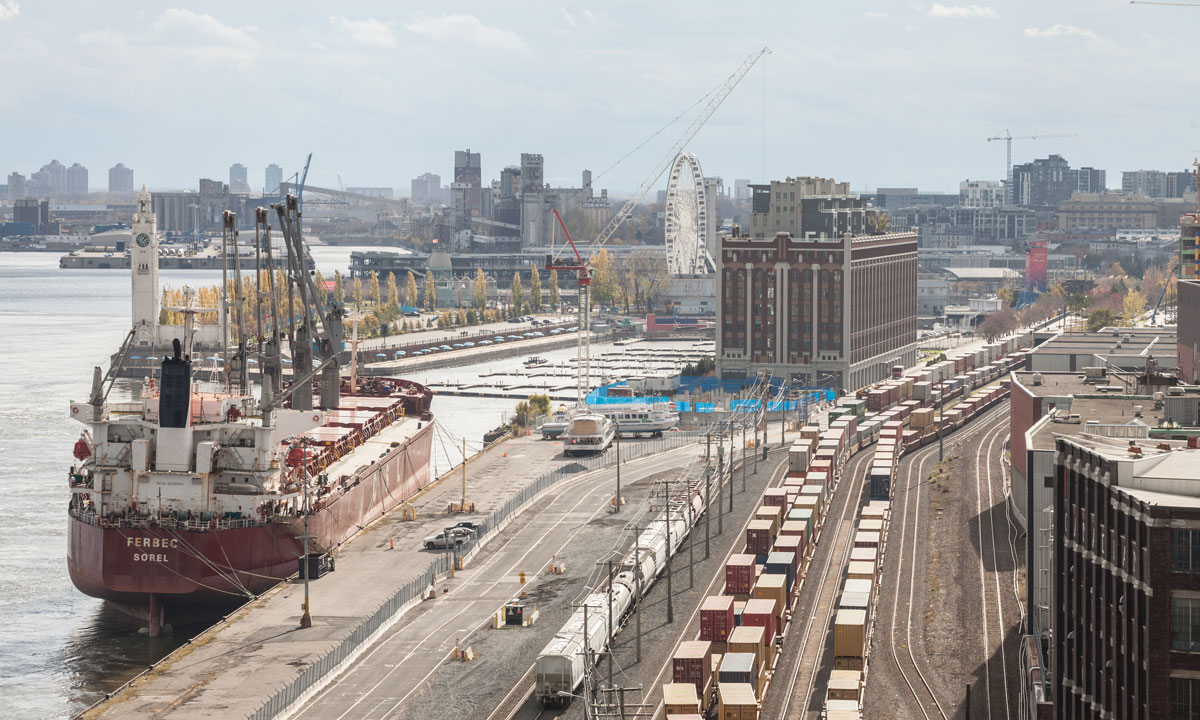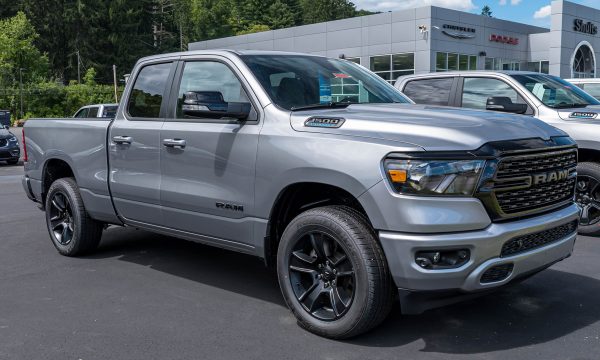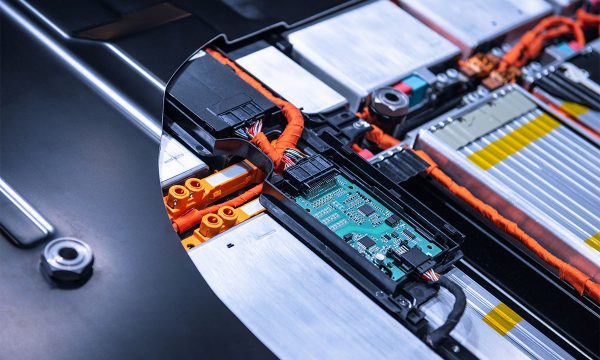
More charging infrastructure is needed to meet EV sales targets, but Canada’s basic infrastructure needs an overhaul too.
Given that a lot of my recent columns, which have focused on vehicle electrification and the challenges around reaching Canada’s (and Quebec’s and British Columbia’s) ambitious ZEV sales targets, you could be forgiven if you thought this article was going to be about Canada’s EV charging infrastructure deficit.
Make no mistake, there is an urgent need to get shovels in the ground right now to exponentially increase the EV charging infrastructure to accommodate the number of EVs that the government is desirous of having on the road in just eight years.
You may recall that the federal government is looking to mandate zero emission vehicle targets of 50 per cent of sales by 2030 and 100 per cent of sales by 2035. That’s not a lot of time when one considers that nationally we reached about five per cent ZEV sales in 2021 and it has taken us about 10 years to hit that mark.
Currently, in Canada there are about 240,000 EVs on Canada’s roads after about 10 years of ZEV sales.
However if we look at the government’s target for 2030, that would mean there would be 800,000-850,000 ZEVs sold in 2030 alone.
More recently we have witnessed the impact of the CP rail strike and its impact on the Canadian economy—certainly adversely impacting the automotive industry but even more so for the fertilizer and agriculture industries in Canada.
Therefore it is not an unreasonable assumption that we could have 4 million ZEVs on Canada’s roads in 2030. If we look at having a ratio of 1/10 in terms of charging stations to ZEVs, that means we’d need 400,000 public chargers to support that number of ZEVs.
So while it is great that the federal government has allocated $1 billion for 50,000 charging points, we would need to spend 8 times that much, or $8 billion by 2030 in order to adequately build out the charging infrastructure to accommodate the number of ZEVs on the road in 2030.
That is a big number … but that’s just to roughly accommodate the ZEVs that the government wants to ensure are on the road in 2030 (50 per cent of new care sales).
The other reality is that the building out of the charging infrastructure needs to be front-end loaded such that more charging infrastructure is built out earlier, to provide consumers with the confidence that they can drive their vehicle anywhere and charge it in a reasonable amount of time.
As a result, the pressure really is on—or should be on—federal, provincial and municipal governments to build out the infrastructure now.
While governments are not the only entities investing in charging infrastructure, they are the most significant entities. The reality is we are not only setting consumers up for a terrible experience with EVs—which will make the transition to EVs even longer, but at the same time we will be putting in jeopardy the ability to achieve the government’s EV sales targets as well.
But… I said this article is not about the EV charging infrastructure deficit, but rather the larger infrastructure deficit that currently exists in Canada. I am talking about our highways, our railways, our ports and our international border crossings.
Some of these infrastructure deficits and vulnerabilities have been highlighted by very recent events.
The privately-owned Ambassador Bridge between Windsor and Detroit is responsible for about 28 per cent of Canada’s trade with the United States and about $40 million in automotive two-way trades goes over that bridge daily.
The illegal blockade of this bridge in February shut down assembly facilities of all five vehicle assemblers in Southern Ontario for a period of time along with assembly facilities in the United Stated that relied on parts and components from Canada. Predictably, this blockade emboldened protectionist shills in the United States declaring that all auto manufacturing should be repatriated back to the United States to avoid these types of shut downs.
It is a fair question to ask how the government can rely on one, privately-owned piece of infrastructure, for that much trade. The events of February simply exposed the vulnerabilities.
In fairness however, the Canadian governments (yes, I think there have been three Canadian governments overseeing the construction of a new bridge) have committed to building, and fully paying for Gordie Howe bridge that has been in the works for years. This bridge will add some much needed redundancy, but we will still have to wait another two years and likely more—given all of the delays to date to getting all of the approvals in place and construction started.
While it is not related to the automotive industry, the illegal blockade of the border crossing at Coutts, Alberta highlighted how even a relatively isolated road border crossing can bring components of the Canadian economy to its knees.
More recently we have witnessed the impact of the CP rail strike and its impact on the Canadian economy—certainly adversely impacting the automotive industry but even more so for the fertilizer and agriculture industries in Canada.
Canada’s ports on the east coast and the west coast are always challenging as well. In fact, I would argue that COVID, the chip shortage and other supply chain issues have actually masked the underlying infrastructure issues and deficits at the ports and elsewhere because vehicle sales volumes have been about 80 per cent or so of what they would have been, meaning less traffic at the ports etc.
The reality is that Canada is a trading nation and relies highly on its ability to trade with other nations for its economic prosperity.
All of the trade agreements we sign, all of the economic development incentives we put in place, all of the talent we cultivate will be for naught if we cannot get the parts and components that we require to make goods in Canada, or if we cannot ensure reliable, timely and road and rail infrastructure into and out of the country.
Recent announcements in the automotive industry have been focused on making Canada a key cog in the North American electric vehicle and battery development infrastructure. Let’s not put all of this at risk by not hardening and securing the key components of our national road, rail and port infrastructure.










